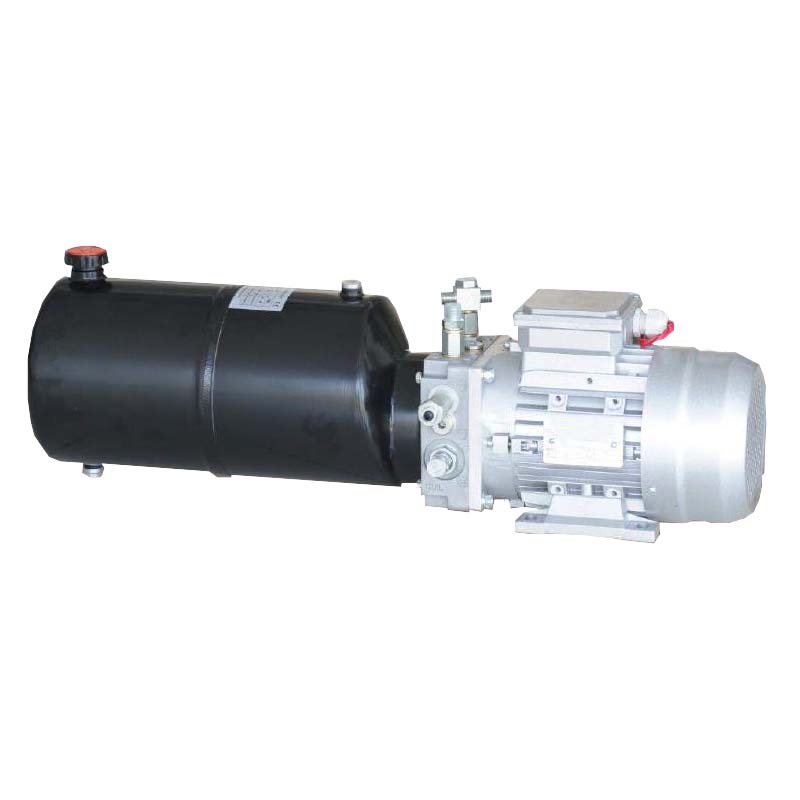Preventing Accidents with Hydraulic Power Units
hydraulic power units are widely used in various industries such as construction, manufacturing, and agriculture.
They are essential to power hydraulic machinery and tools, but they also pose potential risks if not operated properly.
Therefore, it is important to follow the safety precautions when using Hydraulic power units.
Follow the manufacturer's instructions for operating the hydraulic power unit
Each hydraulic power unit has its unique operation manual and safety guidelines
that should be read and understood before operation.
This will help users avoid accidents, damages, and malfunctions caused by improper use.
Wear the necessary personal protective equipment
PPE such as safety glasses, steel-toed shoes, and gloves can prevent injuries from flying debris,
falling objects, and sharp edges. Wearing PPE can also protect
from hydraulic fluid splashes or spills that may cause skin irritations or chemical burns.
Ensure proper grounding and a dry work area can prevent electrical hazards
A wet or damp work area can cause electrical shocks if the hydraulic power unit is not grounded correctly.
Always check the electrical power supply, cables, and equipment before starting the hydraulic power unit
to ensure that everything is dry and safe. Maintaining the hoses, fittings,
and connections is also essential to prevent leaks, ruptures, or blowouts.
Damaged or worn-out parts can cause hydraulic fluid to escape at high pressure,
leading to serious injury or equipment damage. Before using the hydraulic power unit,
it is crucial to inspect all components for any visible signs of wear or damage.
Lastly, never exceed the maximum pressure specified for the hydraulic power unit.
Operating at higher pressures can result in ruptured hoses, damaged fittings, or even equipment failure.
Always follow the manufacturer's guidelines and safety considerations when operating hydraulic machinery
to ensure safety and prevent accidents. In summary, adequate knowledge of the hydraulic power unit
and following the manufacturer's instructions and safety precautions is necessary to prevent accidents, damages, or malfunctions.
Saivs brand
- Rexroth DBE/DBEM 10/20/30 Series proportional relief valve
- A4vso Series Rexroth Variable Plunger Pump
- A10VE43/A10VEC60 Rexroth Hydraulic Pump Parts
- F12 Series Parker Axial Piston Fixed Motors Large Frame
- Hydraulic control check valve rexroth Z2S6 Z2S10 Z2S16 Z2S22 Z2S22-1-52/V
- Hydraulic cylinders for agricultural and forestry machinery
- A4VF500/A4VG28~71/A4VTG71/A4VG90~250/A4VHW90 rexroth hydraulic pump parts
- Rexroth Hydraulic relief valve DBDS6P DBDS15 DBDS6A
- SD4/SD5/SD11/SD14/SD18 Hydraulic Directional Control Valves
- Hydraulic Cylinder For Large Square Baler
